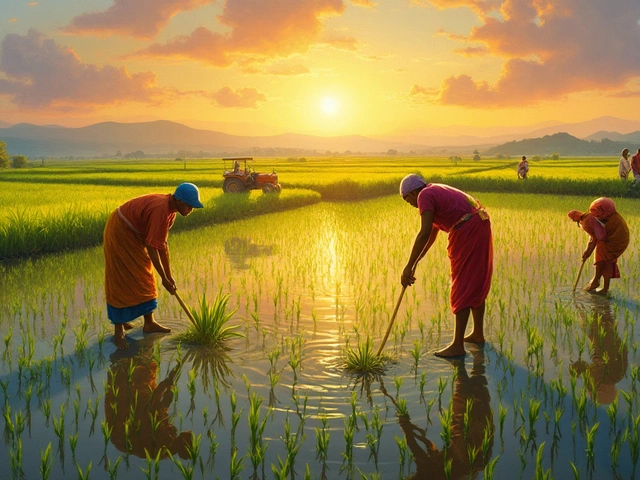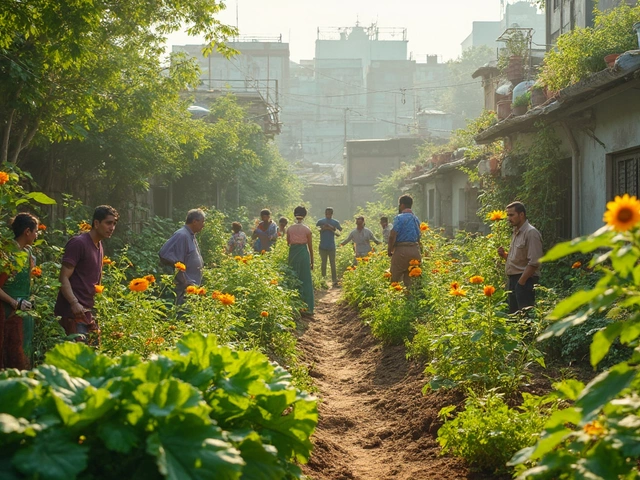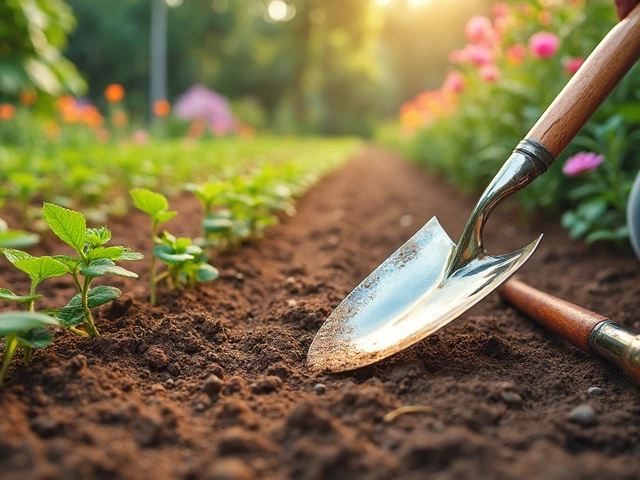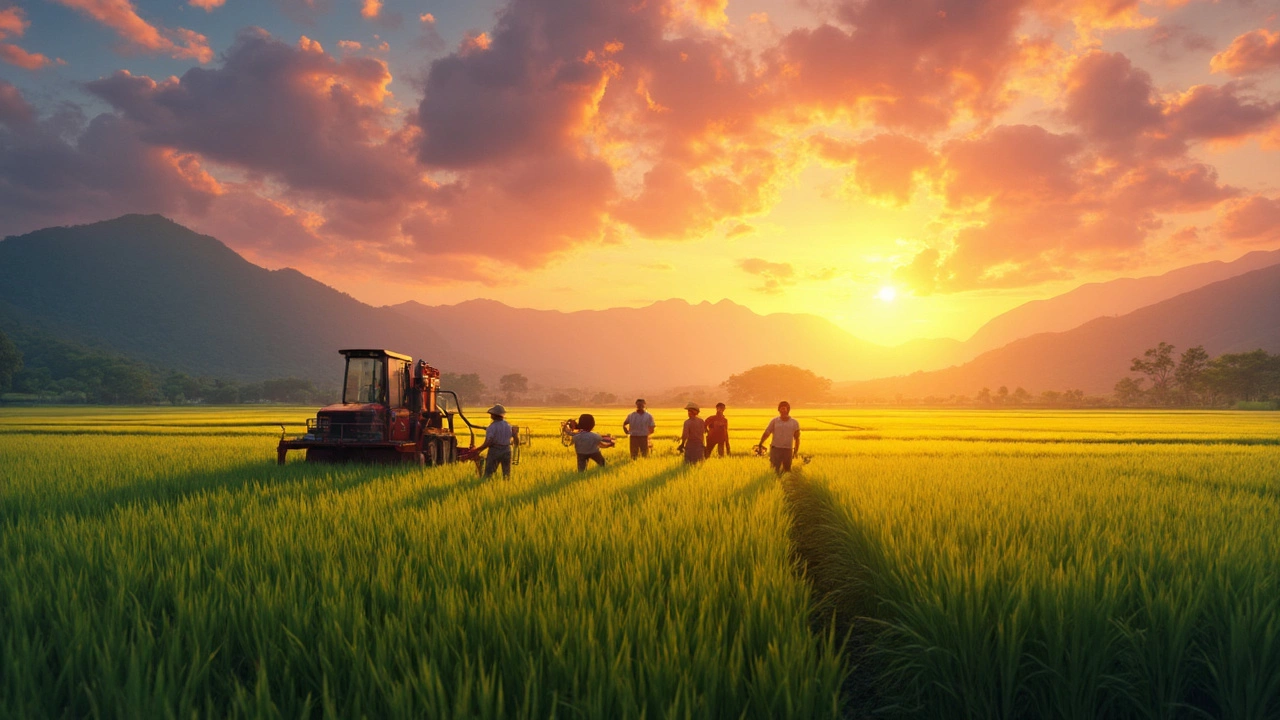American Agriculture: Practical Tips for Growing Success in the US
If you’re planting a field in the Midwest or a garden in California, you need straight‑forward advice that works on the ground. American agriculture faces big weather swings, water limits, and a mix of crops from corn to broccoli. Below you’ll find simple steps to keep your soil healthy, your water use efficient, and your harvest profitable.
Smart Water Use: Drip Irrigation Made Easy
Many growers think drip irrigation is too pricey, but the real cost lies in wasted water. Burying drip lines about 2‑3 inches deep protects them from sunlight and keeps pressure steady. Before you install, check soil texture – sandy soil needs wider spacing, while clay can handle closer rows. A quick test: dig a small trench, lay the tubing, and run water for a few minutes. If the water spreads evenly, you’re set. This method can cut water use by up to 50 % compared to flood irrigation.
Choosing the Right Crop for Your Region
America’s climate zones are diverse. In the South, warm‑season veggies like okra and sweet potatoes thrive, while the Pacific Northwest favors cool‑season greens. Look at the USDA plant hardiness map for your zip code, then match crops to the longest daylight hours. For example, broccoli in Idaho can be planted early spring to avoid heat stress, while corn in Iowa reaches peak yields when planted after the soil hits 50 °F.
When you decide on a crop, research the local market. A recent study showed that growers who sell directly to grocery stores or CSAs earn 15 % more than those relying on commodity markets. Even a small stand at a farmer’s market can boost profit if you pick high‑value varieties like heirloom tomatoes.
Soil health is the foundation of any farm. Start each season with a simple soil test – pH, organic matter, and nutrient levels. If your test shows low organic matter, add compost or cover crops like clover. This improves structure, holds moisture, and reduces the need for chemical fertilizers. A quick tip: spread a thin layer of compost (about 1 cm) after each harvest and work it into the top 10 cm of soil.
Pest pressure can be confusing, but companion planting offers a low‑cost shield. Planting marigolds near beans helps deter nematodes, while basil next to tomatoes reduces aphid numbers. If you grow rice in the southern states, consider rotating with soybeans to break pest cycles and improve nitrogen balance.
Finally, keep an eye on climate alerts. Weather apps now send farm‑specific warnings for frost, hail, or heat waves. Act early – cover young seedlings before a frost, or apply mulch to retain soil moisture during a heat spell. Quick actions like these protect yields without heavy spending.
American agriculture is about adapting fast and using the tools that fit your land. Whether you’re a large‑scale farmer or a backyard gardener, the same principles apply: save water, match crops to climate, boost soil health, and stay alert to pests and weather. Follow these steps, and you’ll see stronger plants, bigger harvests, and better returns.
Can You Grow Rice in America?
Rice farming might seem like an exotic practice for America, but it's entirely possible and even thriving in some regions. The key lies in understanding the environmental requirements and leveraging modern agricultural techniques. This article explores the areas where rice cultivation can be successful, tips for growing rice effectively, and the importance of water management. Additionally, we'll uncover the types of rice best suited for American fields and discuss the impact of climate on yield.
About
Rice Cultivation
Latest Posts


Rice Farming Profitability: What Really Pays Off?
By Alden Thorne May 10, 2025

Best Liquid to Water Plants: What Actually Works?
By Alden Thorne May 9, 2025

Can You Do Regenerative Agriculture Without Animals? Straight Talk for Gardeners
By Alden Thorne Apr 17, 2025

